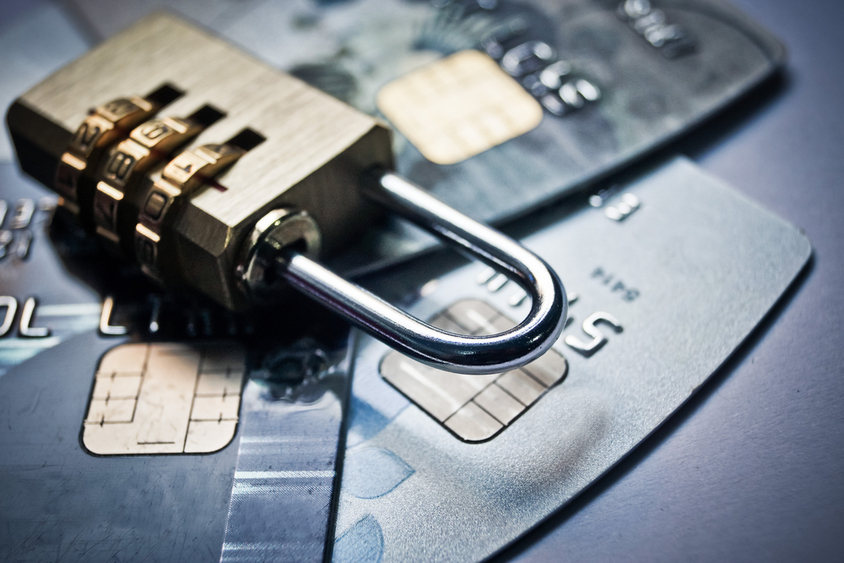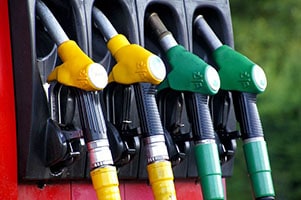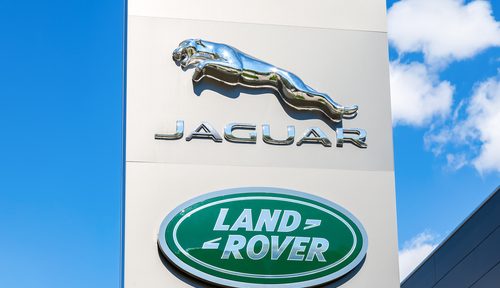Fuel fraud is one of the biggest risks that fleet managers face during their operations. It is important for crimes of this nature to be prevented; fleets are already suffering due to increased fuel costs, so losing money to fraud could be catastrophic.
How to stop fuel card fraud
A number of simple steps can be taken when setting up your fuel card accounts to prevent yourself from being victimised by fraudsters.
1. Separate PINs for each card
Perhaps the most obvious security measure is setting up a separate PIN for each fuel card that only the holder knows. That way, you can be certain that the holder has been misusing their card if fraud is detected.
2. One fuel card per driver
On a similar note, assign a fuel card to a single driver and vehicle. Sharing fuel cards is not good practice as it becomes much harder to keep track of who purchased fuel for which vehicle at a specific time – fuel fraud can easily slip through unnoticed that way.
3. Set limits on each card
Setting a limit on your fuel cards are a great way to prevent fraud. These limits can dictate how much can be spent per day, or precisely which fuel type is allowed to be bought with the card.
Preventing external fuel fraud when on the road
Many fuel providers have steps in place to monitor transactions and detect unusual behaviour. This includes sophisticated CCTV coverage on at fuel stations, a dedicated and on hand expert fraud team, multiple anti-fraud checks on every transaction and alerts to quickly find out when a card is misused, based on parameters set by fleet managers.
Despite these efforts, it’s imperative that drivers are educated on how to avoid fuel card fraud. Below are some helpful tips to help you protect your company and your drivers.
- When leaving the vehicle, always lock it and take documents including the fuel cards with you as criminals know the perfect hiding places in which to look for valuable things.
- Never leave the keys to your vehicle in deposit or with service personnel of a facility you visit.
- Plan your stopovers before you leave and make sure you stop at reliable parking lots, considered by drivers as safe.
- When resting in your vehicle, keep the documents and the cards with you, and lock your vehicle from the inside.
- Do not underestimate any signs of burglary or third party visits to the vehicle. Even if nothing has been stolen, report this incident immediately to your company! In this situation, the data from the magnetic strip of your card could have been copied.
- Check that you have YOUR cards before setting off; when a vehicle is broken into, cards are not stolen, they are simply replaced. This is intended to delay the detection and reporting of the theft.
- Stay alert! Pay attention to whether someone is watching you or the vehicle during a stopover, trying to make contact in an intrusive way or asking about the route.
- If someone tries to persuade you to sell the card or make it available for the purpose of scanning data from the magnetic strip, please report it to your company. Such information will also be extremely valuable for BP, especially if it took place in car parks or in the vicinity of service stations.
- Protect the PIN code for your card and don’t write it down!
If you want to start saving your diesel & petrol bills, then look no further than Fuel Card Services. We help over 50,000 customers make smart decisions around paying for fuel by offering a number of various branded fuel cards.
Get in touch today and one of our dedicated account managers will find the best deals for your business.








